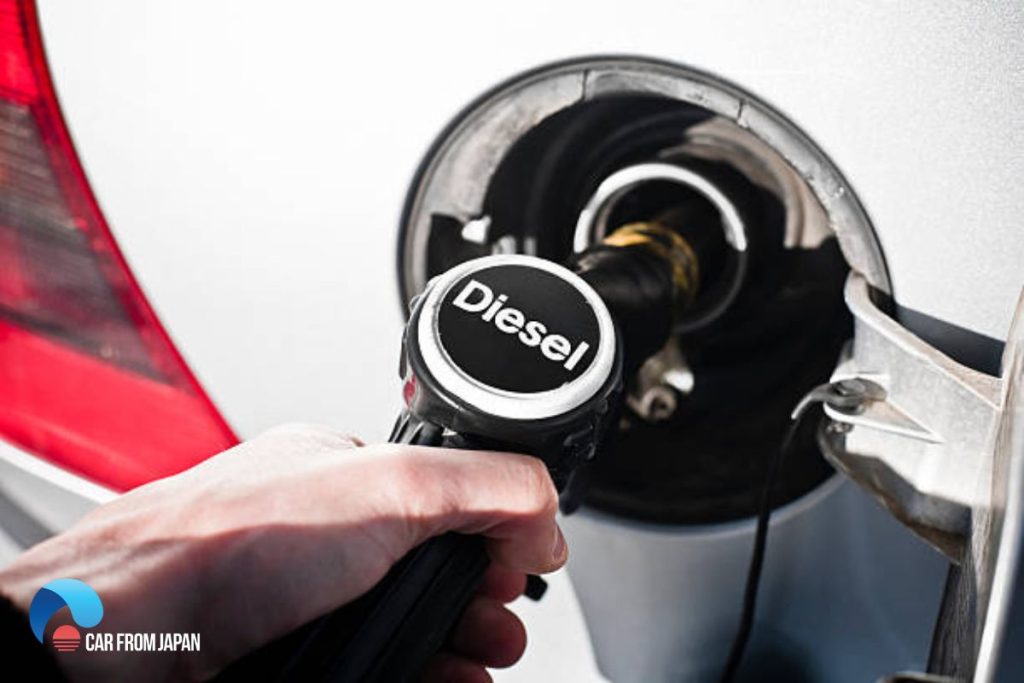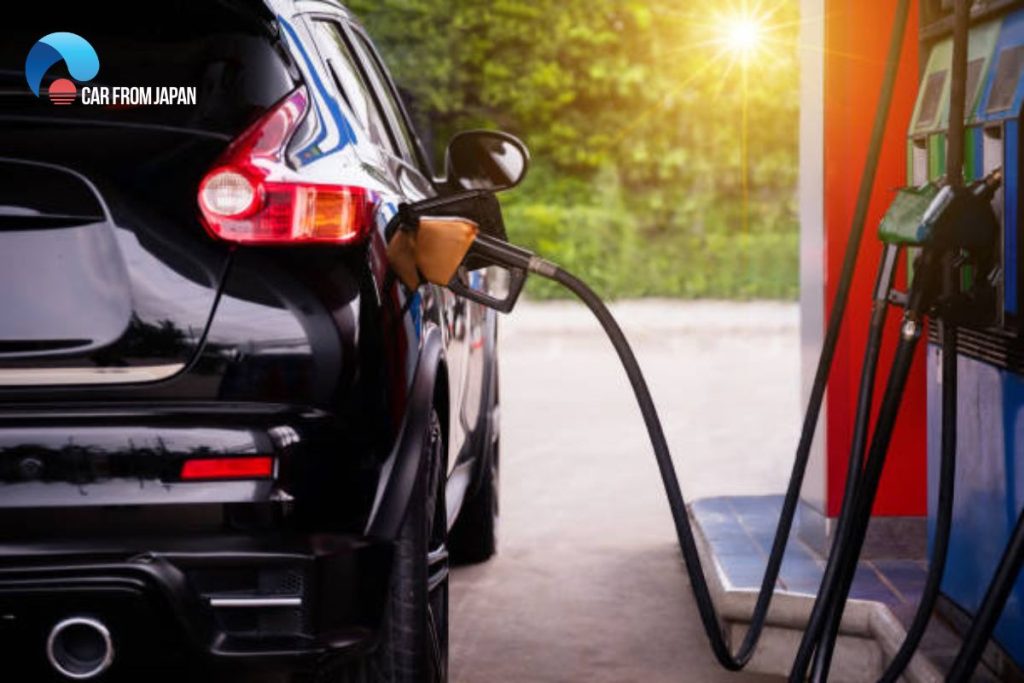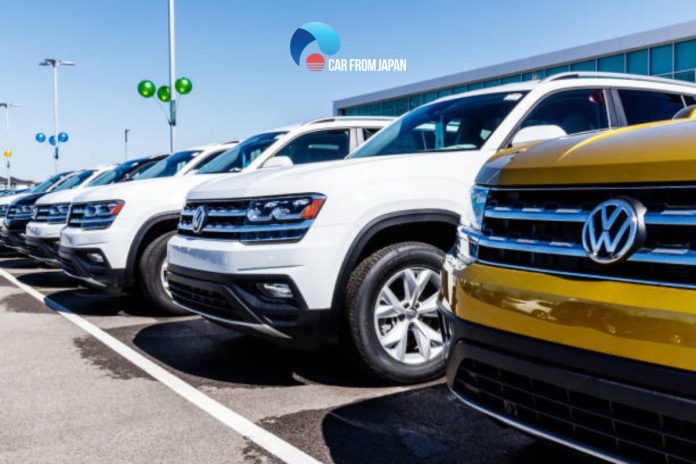Have you ever been driving down the road and wondered, “Is that car running on petrol or diesel?” It’s a question that pops into many minds, especially when buying a used car or renting a vehicle. While both petrol and diesel cars get you from point A to point B, they have some key differences under the hood. Fortunately, you don’t need to be a mechanic to tell them apart! With a few simple tricks, you can easily crack the code of the difference between diesel vs gasoline car.
Contents
Diesel vs Gasoline Car: Easy Ways to Spot the Difference?
Knowing how to identify between petrol vs diesel cars is very important when renting a car. If the rental company has not told you that your car is gasoline or diesel, you probably made a mistake that you put diesel in a petrol car which can cause an expensive repair.
What is the difference between gasoline and diesel cars? Don’t worry! You can easily identify between petrol cars and diesel cars by following the methods mentioned below. Try at least a couple of them to be certain.
1. The unpleasant sound
Noting the sound of the engine is an effective way to help drivers distinguish between gasoline and diesel cars. The engine in diesel cars produces a distinct tractor-like sound compared to the smoother noise of their petrol alternatives. The sound appears like a rattling noise at idle that becomes raspier with driving. However, computerized diesel vehicles these days don’t make such noises. You can apply this technique to identify old cars.

2. Check the fuel cap label
The inside part of the fuel door is supposed to have a label reading ‘Diesel Fuel Only’, ‘Gasoline Only’, or something that indicates the type of fuel the car uses. If there is nothing, you can check the fuel filler neck, the car key, and the instrument bundle near the fuel gauge. If you haven’t got any of those, take a look at the back of the car. If you have a diesel model, you will tend to find that there’s a “D” in the full model name. Automakers tend to use names like TDI or HDI and so on. The renting company normally puts stickers on one or all of these places indicating the fuel type used in the vehicle.
3. Find the clue in the model name
It’s a very easy way to identify between petrol cars and diesel cars. The automobiles with a diesel engine are likely to have the letter ‘D’ in the model name. For example, BMW 745d or Lexus IS 220d. Here the ‘D’ indicates that these cars have a diesel engine.
The back of your vehicle is likely to have a badge with the model name on it. If it has the letter ‘D’, be sure that it is run by diesel.
4. Look at the engine
The engine design also gives clues about the type of fuel the car uses. The diesel-powered engines don’t have spark plugs. Some older models don’t have the mass air flow sensors or the throttle body.
5. Fitting fuel pump

If looking around the car and into the engine does not give you any clue, the fuel pump could be your savior. Modern petrol cars have a narrow opening compared to the thicker, wider diameter of the diesel pump nozzles. Don’t fill the tank if you have to force the nozzle into the fuel neck.
However, it’s still easy to put petrol in a diesel car because the slim petrol pump nozzle will slide into the diesel car’s fuel filler neck. To avoid such accidents, you should be careful whether the nozzle fits nicely into the filler neck. Don’t fill up if the nozzle feels too tight or too loose.
In addition, you can identify the two engines by looking at the registry. Looking at the car documents you will know what type of fuel your car is using. We think that this is also a very simple and exact way to do it.
There’s another way you can also apply is by looking at the rev counter. Most petrol cars will have 8000 RPMs from 0 to 8. For diesel cars only 0 to 6 means 6000 RPMs, some diesel cars have 7000 revolutions.
Understanding more about the difference between petrol car and diesel cars in this video:
Final Thoughts
So, there you have it! Identifying a petrol or diesel car doesn’t require a mechanic’s expertise. From the sound of the engine to the fuel cap label or the model name…With these 5 easy-to-spot clues, you can confidently decipher the fuel type powering any vehicle. We hope that the article will be somehow useful for you.




Nissan is good
Yes,when well maintained… And serviced bor..
Hi I like your posts. I own a Subaru legacy 2009. When I start car in the morning, the Rev goes down then up after sometime settles down. The car pulls to the left & I have been taking for wheel alignment. The mechanic has checked the underneath but no problem found, so what might it be?
Does it pull to the left when braking or when driving?
I always follow all that you give to us I appreciateciate for you advice, it has made me keep moving
Subaru sh5 2010 model with always trembling cold start in the morning. Checked by Subaru Kenya but nothing changed. What could it be, kindly advise.
i will suggest that car manufacurers adopt this> all diesel cars ,fuel pump door to be on the right hand and the petrol ones on left and all marked…this should be one of the ISO requirement for all.,
Thanks
The last point cant work in my country because we dont fuel cars on our own its the fuel attendants who does so…..so really its a challenge…
you may check the registration documents too. here in the Philippines, fuel type is indicated in the certificate of registration.